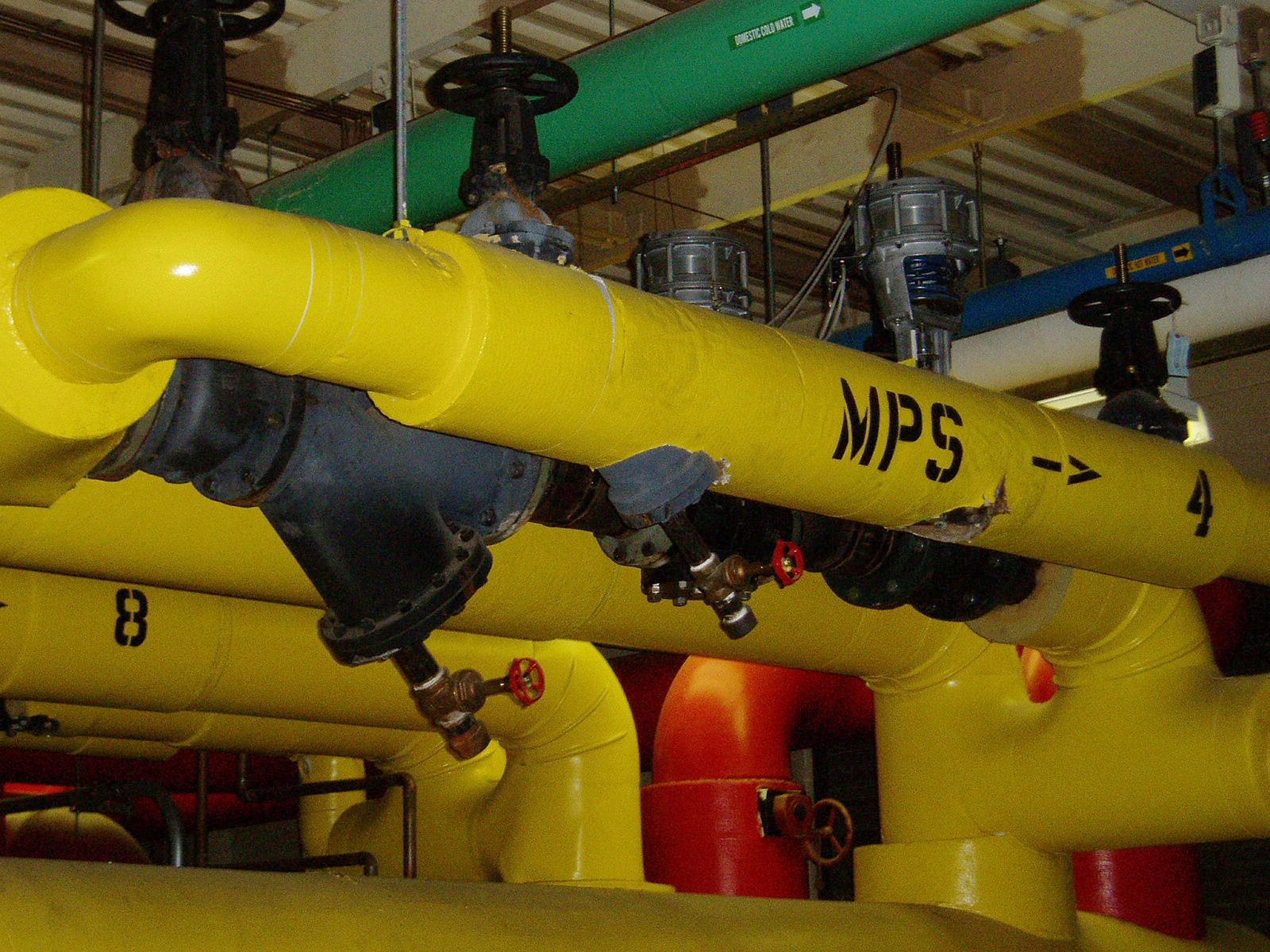Professional Services include but are not limited to:
Pyramid EES brings over three decades of expertise and experience in the built environment with a proven track record in Creativity, Innovation, Delivery, and Excellence through its founder and principal energy engineer, Mr. Khaled A. Yousef, PE. Mr. Yousef is responsible for providing technical assistance services to multiple customers for existing & new facilities during all project development phases. He has over thirty years of comprehensive building HVAC/energy systems experience. He supports customers in the areas of:
- Energy Engineering, Efficiency, and Sustainability Services.

- Energy Audits and Peak electrical load reduction.
- Demand Side Management (DSM).
- Commissioning (Cx).
- Technical Assistance Services to Existing Facilities.
- Energy Analysis, Electric Demand Reduction, Computer Simulations, Technical Feasibility Studies.
- Updated Title – Data Collection, Instrumentation, Testing, Validation, Visualization, Analysis, and QA/QC.
- Measurement and Verification (M&V).
- Energy Modeling and Development of Prototype DOE-2 Models for Several Types of Commercial, Institutions and Healthcare Buildings.
- Energy Savings Performance Contracts (ESPC) Support.
- Technology Support, Development, R&D, innovation in heating, cooling and energy recovery technologies, Evaluation, and Proposal/Narrative Technical Review Services
- Technical Assistance Studies For New Construction Projects (NCP) and Master Energy Planning.
- Master Energy Planning and Data Collection.
- Training and Workforce Dveleopment.
- Leadership in addressing the increasing needs for high-efficiency and low emissions (HELE) biomass heating through Consulting, Project Demonstrations, R&D, Feasibility, System Troubleshooting and Additional Training.
- Leadership in Advanced Biomass Heating Systems, Independent Technical Feasibility Studies (TFS), System Sizing, District Heating Systems, Hot Water and Steam Storage, Controls and Systems Integration Advisory, Energy Audits and Varying other Support Services.
- System Optimization Services.
- Electric & Non-Electric Cooling.
- Engineering Economics.
- Dispute Resolution.
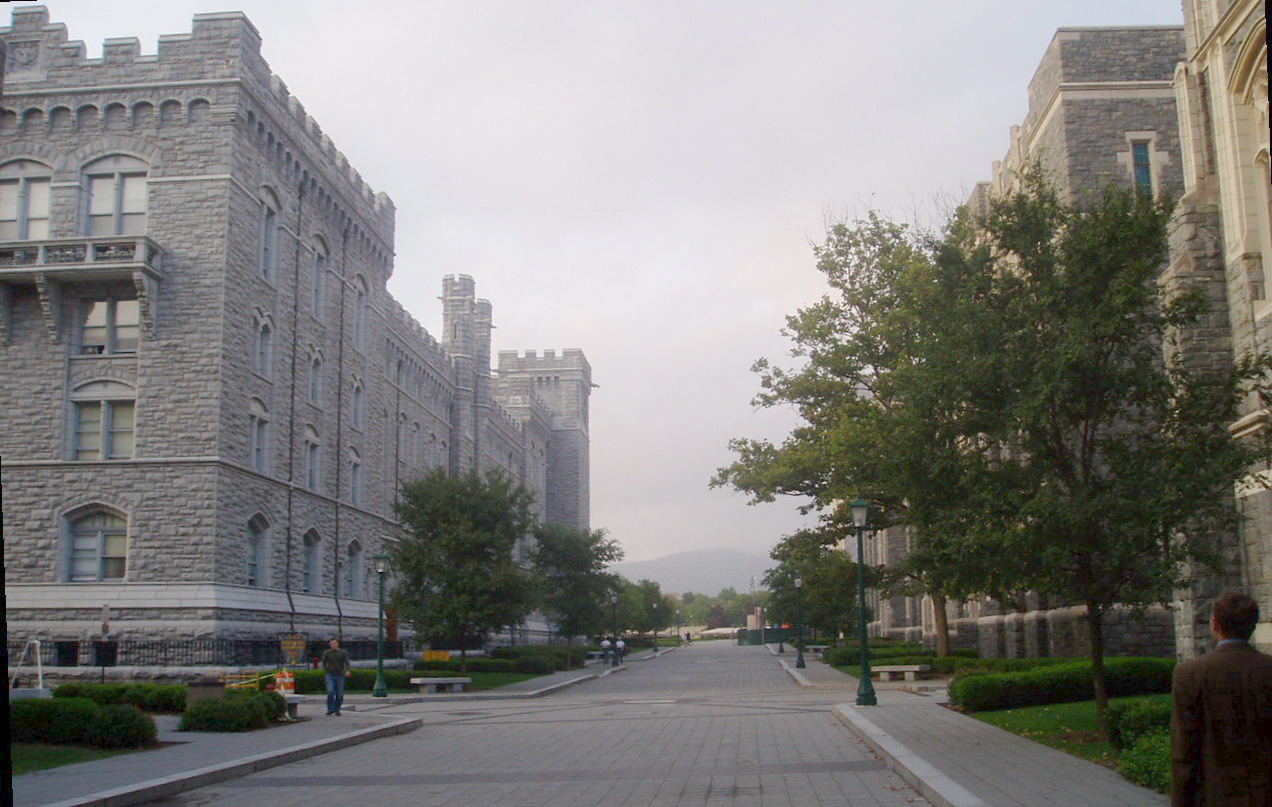
Energy Engineering, Efficiency, and Sustainability Services
- Lighting.
- Envelope upgrades.
- High efficiency gas, steam and electric Heating, Ventilating and Air-Conditioning (HVAC) and Mechanical, Electrical and Plumbing (MEP) systems.
- Energy management and control systems (EMCS).
- Controls/Systems Integration.
- HVAC auxiliaries.
- Balance of plant (BOP).
- Peak electric load reduction.
- Heating and cooling load reductions.
- Heating and cooling load/phase shifting; achieved using varying thermal energy storage (TES) systems and Thermal batteries (TB) using hot/cold water, Phase Change Materials (PCM), steam accumulators, and ice storage media.
- He supports air-source, water-source and geothermal heat pumps (GTHP) closed (and open) loop systems.
- Cogeneration (Combined Heat and Power [CHP & CCHP]).
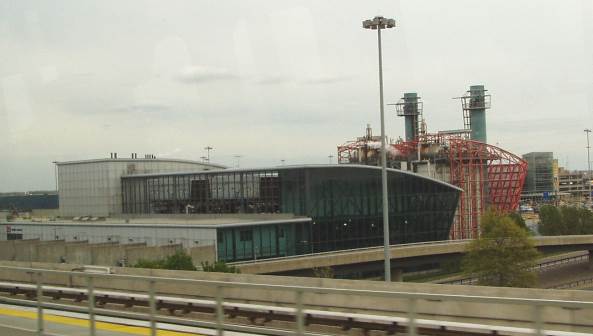
- Microturbines.
- Fuel cells.
- Solar-thermal.
- Solar-electric (photovoltaics [PV] fixed vs. tracking arrays).
- Wind turbines.
- Electricity storage options (electron battery, fly wheel, compressed air, and pumped storage).
- EV Charging with bidirectional capabilities,
- All of the above leading to microgrids, and
- Energy resilience planning.
- Passive heating,
- passive cooling,
- earth integrated architecture,
- and natural ventilation methods.
- Varying commercial, institutional, industrial, residential, multifamily and custom energy efficiency measures (EEMs):
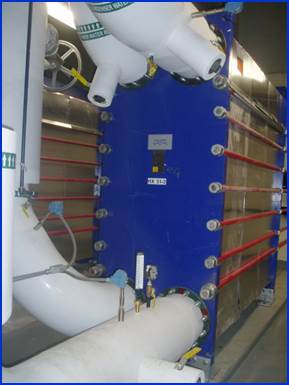
- Heat or Energy Recovery (ER).
- Non-Pipeline Alternatives (NPA).
- Thermal Energy Networks (TEN).
- Hydronics.
- Electrification, decarbonization, carbon neutral buildings, and climate policy.
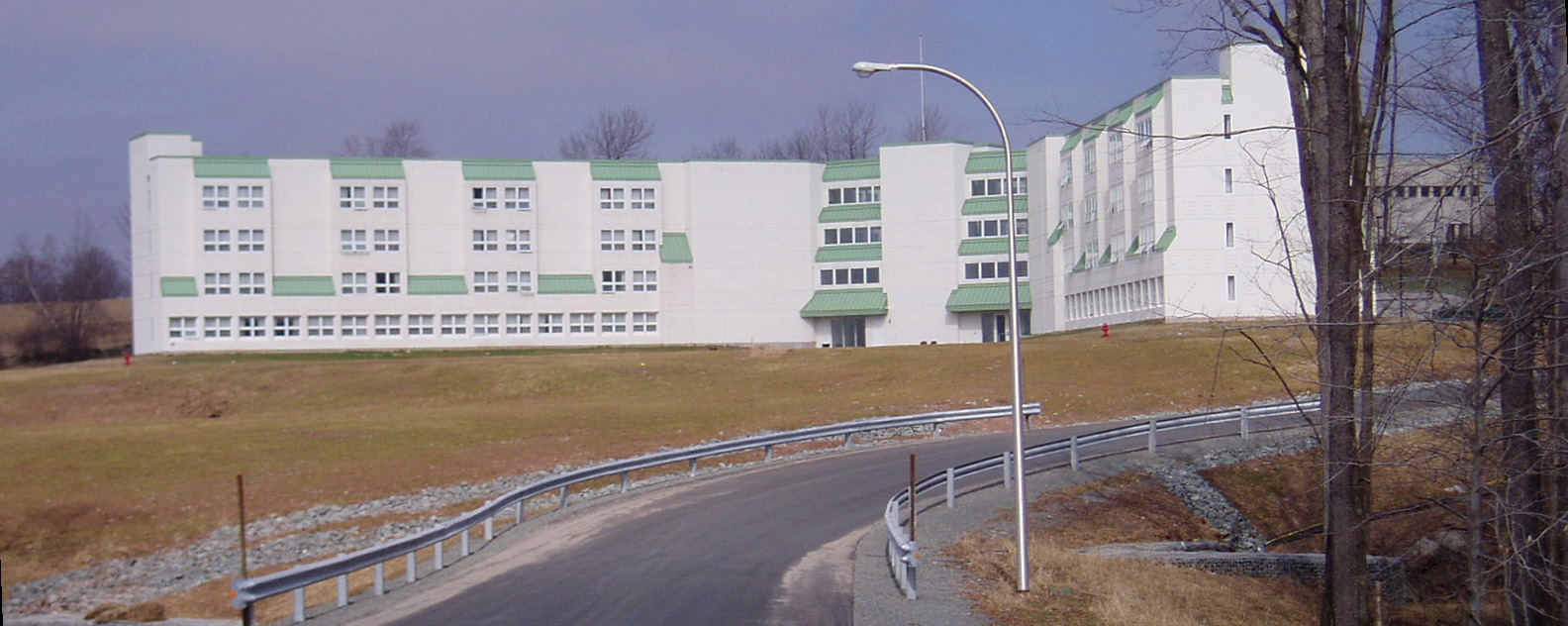
- Also supports district heating and cooling systems.
- Low-, med- and high-pressure steam systems.
- Provides technical support to varying technology and R&D programs.
- High-Efficiency and Low-Emission (HELE) advanced biomass heating systems using premium wood pellets and low moisture wood chips.
- Radon mitigation/indoor air quality measures (IAQ).
Energy Audits & Peak Electrical Load Reduction
Examples of Energy Audit Services include but are not limited to:
- NY – Completed a number of energy audits, technical assistance, and technical feasibility studies, for multiple buildings at the New York Medical College Campus in Westchester County, Valhalla, NY (Vosburgh Pavilion, Munger Pavilion, Sunshine Cottage, and Grasslands Housing). New York Medical College Energy Audits (FlexTech), Valhalla, NY. As a follow-up stage of that work, Yousef completed a Chiller Options Feasibility Study for NY Medical College. He utilized DOE-2 to evaluate energy conscious chiller system design options, and determined cost estimates for base and competing technology options. He also evaluated various system control options. After completing the above study, the chiller project was successfully constructed, inspected, operated and maintained.
- CA & AZ – Completed Energy Audits, Demand Deduction, Thermal Energy Storage (Chilled Water, Ice Storage, and Thermal Battery) Studies and Reports in Southern California and Arizona – including but not limited to:
- Several Scripps Hospitals in San Diego, California: (1) Mercy, (2) La Jolla, (3) Green, (4) Chula Vista, and (5) Encinitas. Scopes covered medical buildings, clinics and full service hospitals ranging from 400,000 to over a million sqft.
- Sears Retail Stores in both Southern California & Arizona. Scopes covered stores ranging from 80,000 to 300,000 sqft at El-Cajon, CA, El-Centro, CA, Escondido, CA, Riverside, CA, and Yuma, AZ.
- All project work was completed successfully including a significant amount of field work, data analysis and reporting.
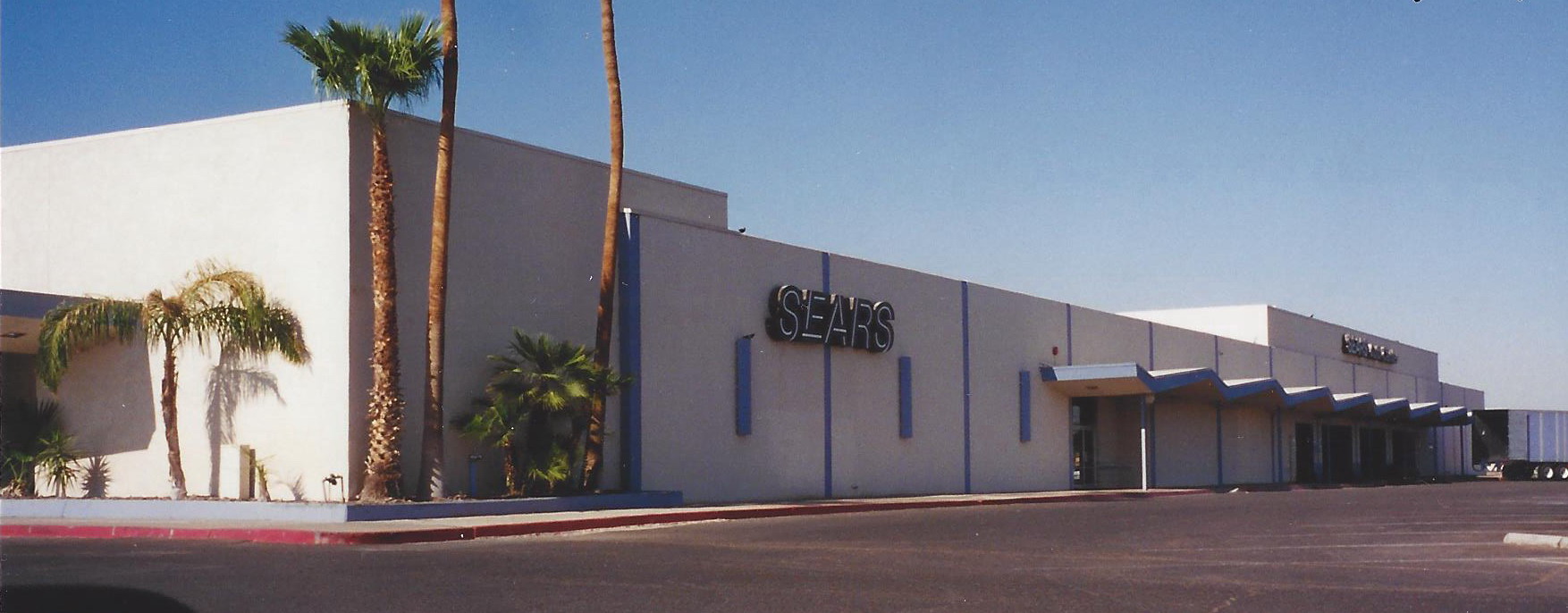
Demand Side Management (DSM)
Pyramid EES’ founder has extensive expertise in Demand Side Management (DSM):
- Provided technical and analytical demand side management (DSM) consulting services to several utilities in the Northeastern United States such as the New England Power Services Company (NEPSCo), MA, Northeast Utilities (NU), CT, Consolidated Edison of New York (ConEd), NY, Jersey Central Power and Light (JCP&L), the New York Power Authority (NYPA), and others such as Massachusetts Electric and Narraganset electric; both were later acquired by National Grid.
- In the international arena, Participated in establishing DSM operations in the State of Orissa, India, as part of a multi-year aid contract with the British Government while at SAIC. Projects included training Indian utility staff members in the development and application of M&V protocols, fieldwork, EEM analysis and assessment, DSM Programs, establishing demonstration projects, report writing, preparing case studies, presentations, and project management and planning.

Commissioning (Cx) Services
- Pyramid EES’ founder has sommissioned the HVAC systems, central plants and EMCS for facilities and clients to help identify/isolate equipment and operational problems to ensure energy-efficient and “integrated” system operation for new and retrofitted facilities. This also included progressive and renewable technologies such as photovoltaics, microturbines, heat recovery, geothermal heat pumps, high-efficiency, low emissions (HELE) biomass heating systems and energy storage systems (thermal batteries). Commissioning was followed by lists of recommendations, analyses of savings, and reports.
- Mr. Yousef’s Energy Audits, Indepth Design Reviews, and In-Depth MEP Lessons Learned were logically followed by an in-depth demonstration of leadership in Commissioning (Cx): Over a 3 to 4 year period from 2017 to 2020, Yousef prepared a comprehensive training curriculum and presentation titled “The Proper Commissioning Process from Intro to Detail – Supporting a wide range of simple to complex buildings, technologies, projects, and master energy plans” to provide in-depth commissioning training, guidance and procedures to a wide range of building professionals. Presentation qualified for an all-day special 8.0 Professional Development Hours (PDH) for attending Professional Engineers (PEs) and was used by many design engineers while developing successful sustainable projects and master energy plans. The above trainings were appreciated by a wide range of attendees in the 2020 to 2023 timeframe, NYS, NYSERDA, and NYS DEC in support of developing and building successful projects in a wide range of sustainable and progressive technologies. Besides the in-depth 1.0 to 1.5 day Cx training courses, there are also 1 to 2 hour shorter and introductory versions (1.0 PDH) as presented at ASHRAE, AEE and NYSSPE at varying dates in NYS and afterwards and elsewhere as needed. For a detailed description and a link to the full day Cx training course on demand version, go to: https://www.heatspring.com/courses/proper-commissioning-cx-for-all-building-types-technologies?aff_id=rm0ima
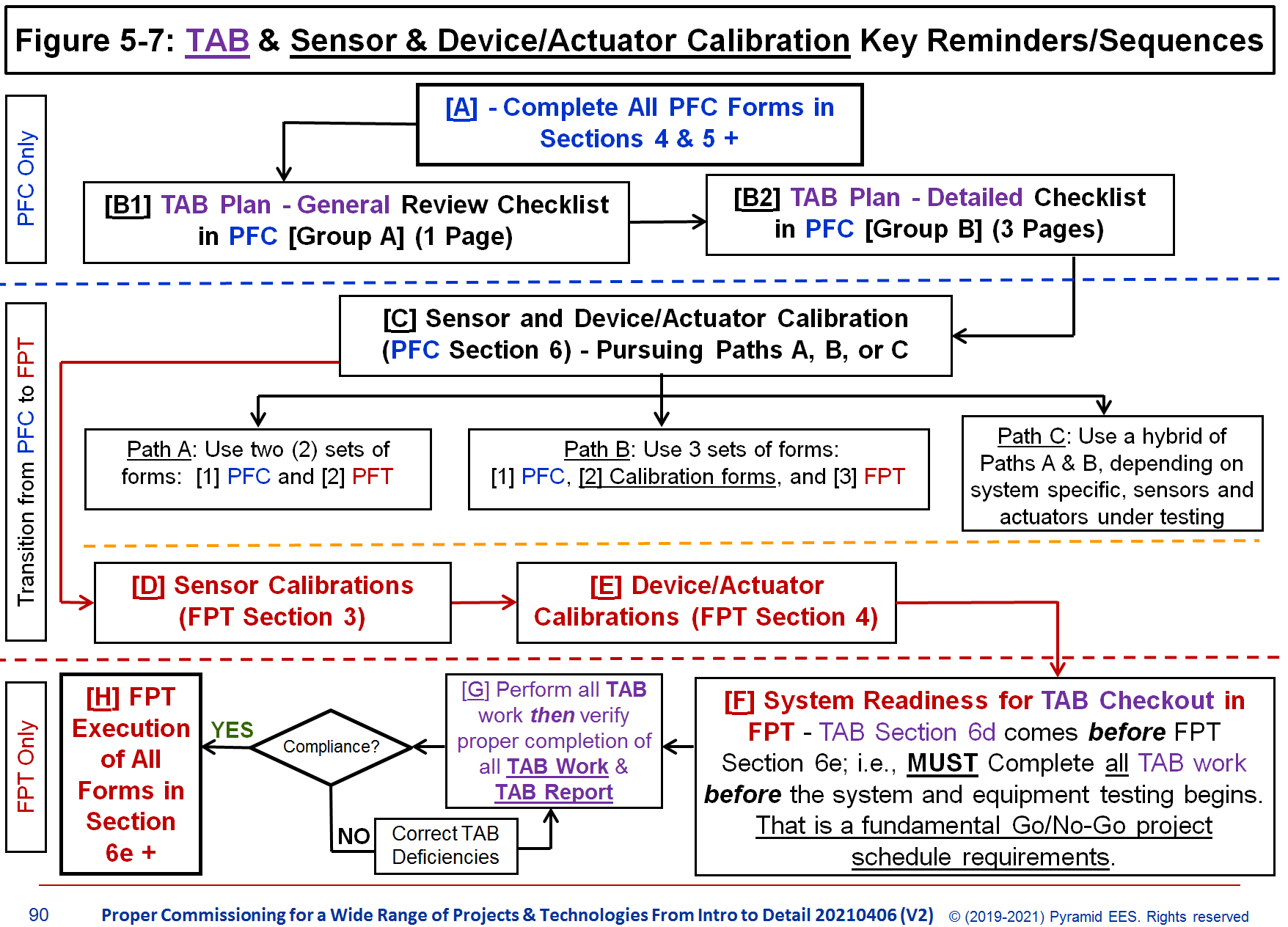
Technical Assistance Services to Existing Facilities
Pyramid EES’ founder has been heavily involved with existing facilities energy programs that focus on reducing the electricity usage and demand on our power grids. He supported the initial roll-out and final development of NYSERDA’s existing facilities program and played a major QC role during program development. He was also responsible for technical support and oversight for well over 100 participating projects with total associated program incentives exceeding well over $20 million.
Pyramid’s founder provided key leadership support at the different project stages. His support of program participation included the review, evaluation, and assessment of the applications required for submittal by participants. For both steps of the application process, the initial application and the detailed energy analysis/M&V plan application, he reviewed compliance with rules and procedures of the program including review of eligibility of the project and measures, completeness of the application submission, and the reasonableness of savings estimates.
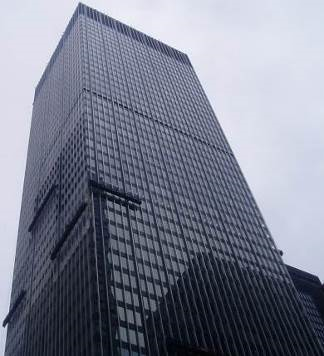
Pyramid EES’ founder also provided technical assistance to participants preparing detailed application. He reviewed detailed energy analysis, and measurement and verification plans including review of eligibility, the reasonableness of savings estimates, and the appropriateness of the proposed M&V plan. Site verification before and after the implementation of the energy conservation measures were also completed. He reviewed the energy savings reports provided by the participants to monitor compliance with the approved M&V plans required by the program. In many of the large and complex projects, he provided additional technical support services beyond the normal review process resulting in good measurable and verifiable electricity energy savings that benefited our electric grid.
Large projects include but were not limited to:
- District cooling plants;
- Several high-rise towers, hotels, and residential complexes inManhattan;
- Large industrial complexes;
- University Campuses.
Energy Analysis, Electric Demand Reduction, Computer Simulations, and Technical Feasibility Studies
- Pyramid’s founder created and calibrated computer simulation models for existing, future, and prototypical commercial and residential buildings using simulation tools such as the DOE-2.1E hourly time step computer simulation program, ASEAM, bin methods, and other custom tools, as appropriate. After upgrading from DOE-2.1E to eQUEST, Pyramid’s founder served as the technical leader and project manager on several large projects involving eQUEST simulations.
- He evaluated the energy and economic impacts for a wide range of ECMs using the above simulation tools, economic models, and engineering data. ECM evaluations included, but were not limited to, lighting and envelope upgrades, high efficiency gas and electric Heating Ventilating and Air-Conditioning (HVAC) systems, energy management and control systems (EMCS), HVAC auxiliaries, thermal energy storage (TES) systems for both water and ice storage media, geothermal heat pump (GTHP) systems (both open and closed loops), power generation, cogeneration (combined heat and power [CHP]), fuel cells, solar (photovoltaics), wind turbines, and a variety of industrial and custom measures.
- To reduce the electric demand on some of the Western US power grids, Pyramid’s founder completed an assessment of demand reduction opportunities for several hospitals and examined a wide range of ECMs including chiller replacements and TES.
- He completed a large number of comprehensive technical assistance/feasibility studies, many of which involved multiple measures and a life cycle cost (LCC) economic analysis.
- He performed utility tariff, service classification, and rate impacts and analysis as part of the energy and economic assessment of many of the above measures, as appropriate. He advised and supported customers when entering service classification negotiations with the utility regarding proposed CHP and renewable energy projects.
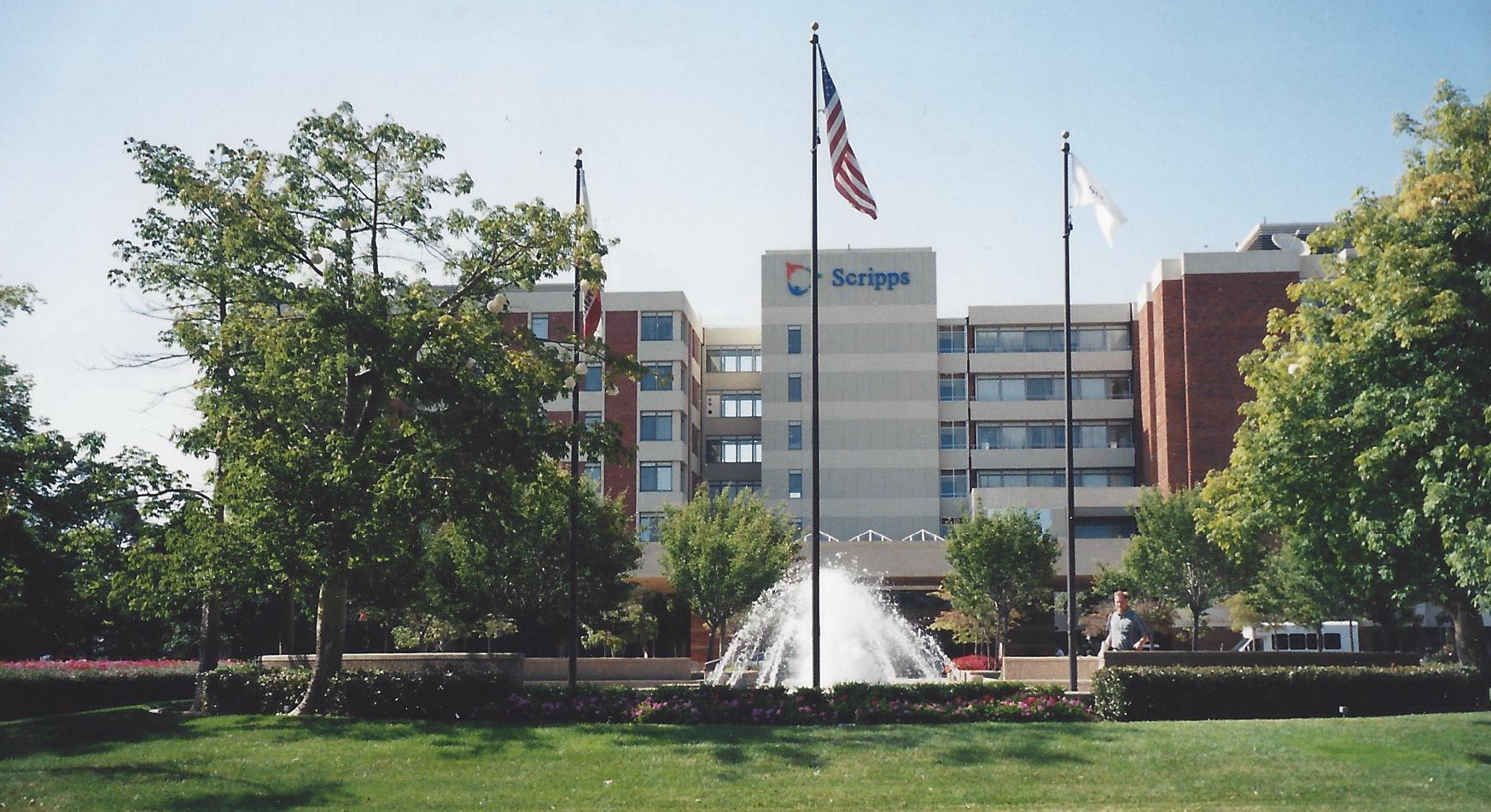
Data Collection, Instrumentation, Testing, Validation, Visualization, Analysis, and QA/QC
Pyramid’s founder has extensive experience developing baselines and obtaining the necessary inputs for better engineering and economic analysis using skills ranging from simple observations to elaborate data collection and logging procedures.
Developed data acquisition and analysis (DAA) plans and site measurement plans (SMPs) to specify location and type of sensors in numerous end-use monitoring projects over the years. Developed computational algorithms, Range and Relational (R&R) checks to validate field hourly engineering and site weather data for analysis and data visualization programs such as PV-WAVE.
Measurement and Verification (M&V)
Mr. Yousef supported numerous customers in Measurement and Verifications (M&V) and Commissioning (Cx) over the years. As a result of such support, dedication, expertise and experience, he authored a three-part training titled “How the Energy Measurement and Verification (M&V) Process Benefits the On-Going Building Commissioning and Troubleshooting Activities”. This provides practicable and hands-on M&V and Cx training material and procedures to building energy professionals based on actual field and office expertise and experience. This was presented and was well received at the New York Capital District Engineers Week Seminar Programs starting from Feb 14, 2014, and afterwards and elsewhere as needed.
- Additionally, Mr. Yousef prepared a comprehensive “Guide for Measurement and Verification of Wood-Heating Systems” to NYSERDA as NYSERDA Report 16-13, completed June 2016. The purpose of this guide was to provide support for engineers on developing high-efficiency, low-emission (HELE) biomass heating technologies in New York State. The information provided in this document explains how to plan and implement a successful measurement and verification (M&V) program to help ensure the development of well-designed, well-operated, and well-maintained HELE biomass heating systems. A simpler and shorter 30-Page summary of the 96-Page Guide was also made available to contractors on numerous projects afterwards and elsewhere as needed. https://www.nyserda.ny.gov/-/media/Project/Nyserda/Files/Publications/Research/Biomass-Solar-Wind/16-13-MV-Guidance-Wood-Heat-Systems.pdf
- This was followed by an M&V focused presentation titled “Critical Measurements to Verify Operation of Biomass Boiler Heating Systems” presented on May 10, 2018 at the NYSERDA RHNY Seminar & Training Series from the Albany, NY NYSERDA HQ Offices. It was also presented afterwards and elsewhere as needed. This included: (1) Introduction to the four International Performance Measurement and Verification Protocols (IPMVP) M&V options, (2) Establishing an energy baseline, procedures and benefits, (3) provided examples of critical measurements required to assess the performance of biomass heating systems (and other hybrid and/or dual fuel integrated MEP systems), as well as (4) Lessons learned from the trenches and M&V data collection and analyses for enhancing system operation. AIA Approved Course Number: HVAC-01/2018. Provider Number: 1034 (NYSERDA), Credits: 1.0 LU (or 1.0 PDH).
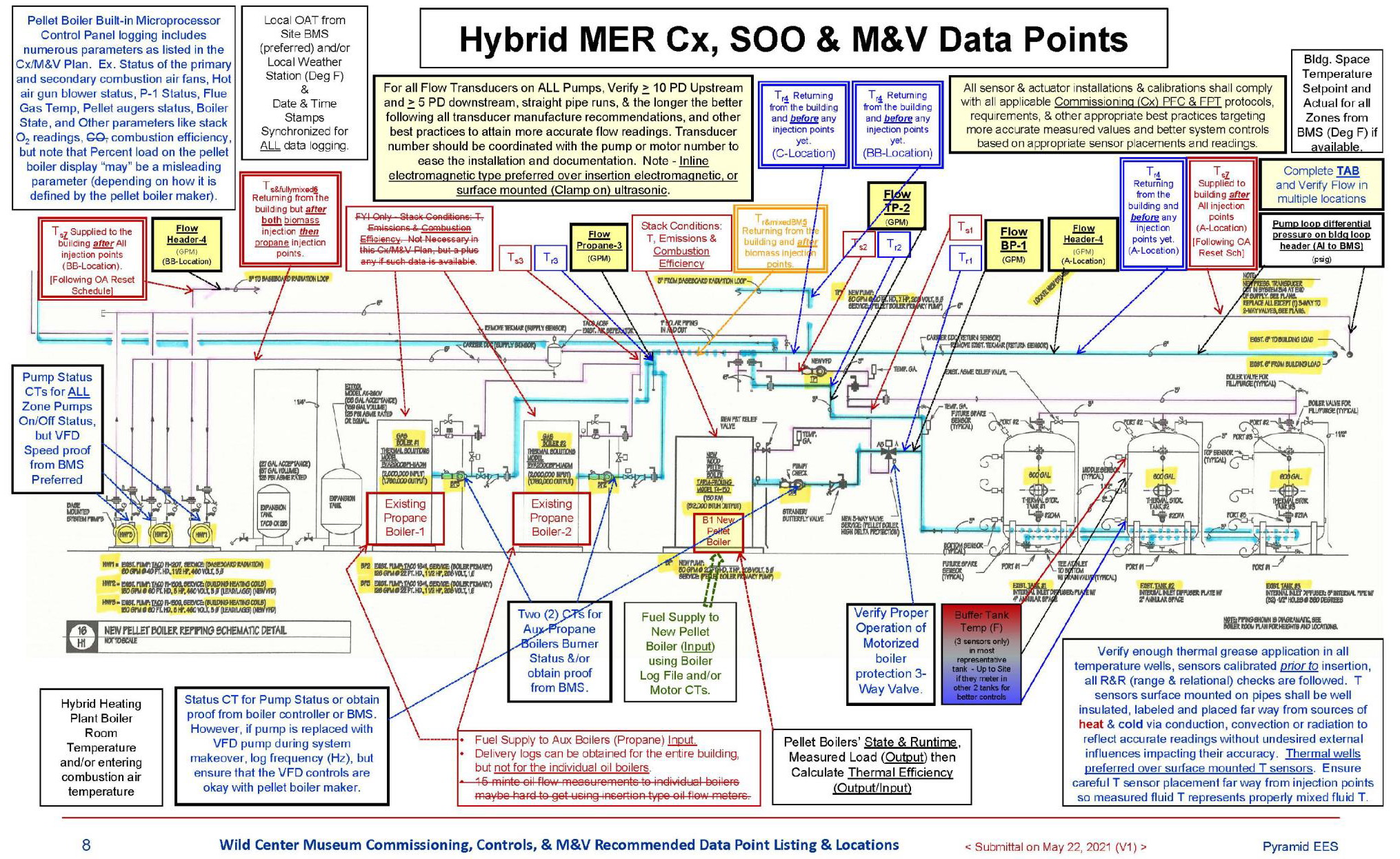
Energy Modeling and Development of Prototype DOE-2 Models for Several Types of Commercial, Institutions and Healthcare Buildings
Pyramid EES’s founder created and developed several prototypical DOE-2 computer simulation models during the 1990s to predict energy usage, create end-use profiles and breakout for major end-uses including cooling, ventilation, lighting, heat rejection, vertical transportation, heating, misc. plug loads, and other process loads.
Model development required close working relationships with the field teams who surveyed several similar facilities to obtain building and system characteristics to use during the DOE-2 model development and calibration to typical energy bills and energy use profiles. Such models and energy load profiles supported FPC in developing their energy programs.
Energy Savings Performance Contracts (ESPC) Support
- Provided consulting services to clients as they proceed through the development, procurement, and implementation phases of energy savings performance contracts (ESPC). Completed work for a wide variety of facilities including office, military, educational, research, correctional, and municipal facilities. Some of Mr. Yousef’s ESPC assistance services were delivered through NYSERDA’s FlexTech and State EnVest Programs, as well as other private funding mechanisms. Performance contracting technical assistance experience range from single-building sites to multi-building campus environments and district systems. A very unique aspect of the provided consulting services is to also help customers throughout the entire performance contract process from identification of potential energy conservation and cost reduction opportunities, to pre-selection of energy service companies, and to RFP development, to selection of an energy services company, to developing the commissioning and QA/QC punch list for the completion of implementation. Mr. Yousef has provided performance contracting support for well over 10 million square feet of conditioned space. The value of the performance contracts at these facilities was nearly $60 million with guaranteed cost savings of over $5 million per year.
- Pyramid’s founder, acting as the customer’s energy consultant, reviewed proposals submitted by ESCOs to customers entering into energy services performance contracts. He supported the contractor selection process, addressed the ESCO’s technical, staff, and financial capabilities, relevant project experience, and the appropriateness of the proposed ECMs and progressive technologies. He graded ESCOs and rank ordered EEMs according to certain criteria. The proposal review and ESCO selection process also included site visits and preliminary energy audits for customer facilities.
- Provided fully comprehensive services including: RFP Development Support, Site Data Package (SDP) Development, EPC Proposal Review, Comprehensive Energy Audit Development Support, Comprehensive Energy Audit Review, Contract Review, Guarantee Review, Measurement and Verification Review, Negotiation Support, Cost Review, Implementation Support, and Reporting.
- Where appropriate, Yousef also quantified energy savings from measures outside the scope of the ESCO retrofit to decouple them from the ESCO performance guarantee. That gives the customer credit for additional and in-house developed measures. At times, Mr. Yousef was also an integral part of the identification and development of these additional measures.
- Yousef’s support resulted in the development of a multitude of successful performance contracts over the years to a wide range of public and private customers.
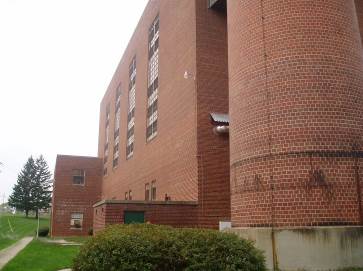
Technology Support, Development, R&D, innovation in heating, cooling and energy recovery technologies, Evaluation, and Proposal/Narrative Technical Review Services
Pyramid EES’ founder has demonstrated experience in supporting multiple HVAC progressive technologies including but not limited to:
- Served on several California, Federal, US DOE, Utility and NYSERDA TEPs (Technical Evaluation Panels) and Scoring Committees (SC) over the years for over two decades in support of multiple technical assignments. This supported scientific and engineering creativity, innovation, inventions, developments, solutions, entrepreneurship, and R&D.
- Furthermore, he supports the CEC (California Energy Commission) EPIC programs (Electric Program Investment Charge – for Electric Research) and other CEC Programs. Also supports the U.S. DOE Department of Energy’s SBIR/STTR Programs (Small Business Innovation Research / Small Business Technology Transfer program) and other DOE Programs.
- Performed technical reviews and assessments for a variety of proposals prepared for the Utilities in the Western US and energy offices for solicitations concerning a wide range of energy efficiency and progressive technologies. Review objectives were to assist the US DOE and the CEC proposal selection and scoring process.
- Pyramid’s founder served as technical reviewer on the Technical Evaluation Panels (TEP) for energy authorities. He reviewed many proposals to support the R&D of innovation in heating, cooling, electrification, decarbonization, and energy recovery technologies for residential and commercial buildings.
Technical Assistance Studies for New Construction Projects (NCP) and Master Energy Planning
Pyramid EES’s founder provided New Construction Design Assistance, Master Planning Services, Green Building Services, and support for several USGBC LEED credits for facilities totaling 200,000 sqft with a new construction cost estimate of $80 million in New York State. One of which received a LEED Gold rating based on the USGBC review.
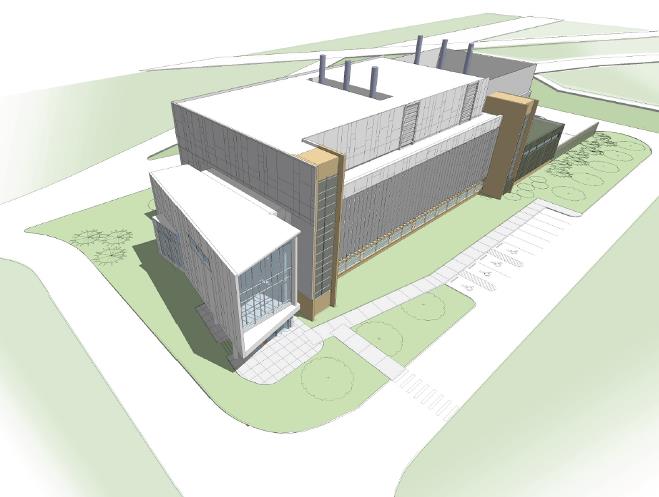
Master Energy Planning and Data Collection
Pyramid EES’s founder performed site inspections to collect the necessary information needed for master energy planning and studies to determine whether or not to use a centralized or decentralized heating plant for proposed new buildings that were to be added to a large existing complex. Studies were critical during the program stage of these several projects as resulting primary heating and cooling systems were significantly affected by this decision.
He demonstrated successful early and fast involvement in the project program stage resulting in making informed decisions that determined that certain facilities remained under the existing district central plant service, whereas others went under independent high efficiency modulating and condensing boilers.
Energy masker planning support also provided potential building-level and site-level EEM listings for the facility owner’s further consideration as additional capital budgets become available. This also supported the engineering and maintenance teams’ approach to the facility owners to add EEM budgets as part of future facility upgrade budget plans. Energy procurement comments were also included as appropriate as part of such support.
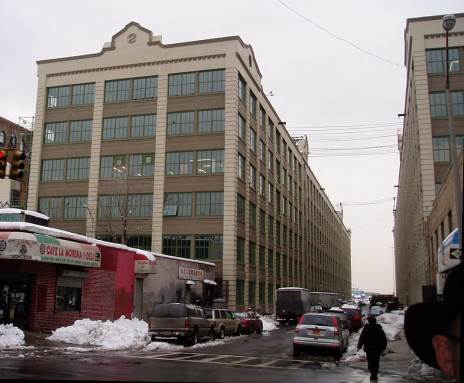
Training and Workforce Development
Multiple trainings in support of a wide variety of energy and technical subjects are illustrated through multiple presentations as listed separately under the Practical/Applied Publications, Training & Tools Section.
In brief, Mr. Yousef has done quite a bit of trainings, including but not limited to CHP & CCHP, Energy Audits (Levels I, Level-II, and all the way to ASHRAE Level-III Investment Grade Audits), electric and non-electric cooling, Fundamentals of HVAC Calculations, Refrigerant Cycles, Types & Properties, Steam Systems/properties, Baseline Calibrations, End-Use Breakouts and Saving Reality Checks, Introduction to Measurement and Verification (M&V), Commissioning (Cx), Chiller M&V and Water Properties, HVAC Basic Calculations, Introduction to self-learning using the 4 ASHRAE Handbooks, load calculations for proper system sizing, varying topics supporting advanced biomass heating systems (also called high-efficiency, low-emission (HELE) biomass), and other topics. All trainings are successfully based on Mr. Yousef’s own hands-on extensive experience in both the office and in the field. These trainings are very beneficial to support customers’ energy, sustainability, system optimization, decarbonization, carbon neutrality, and electrification needs.
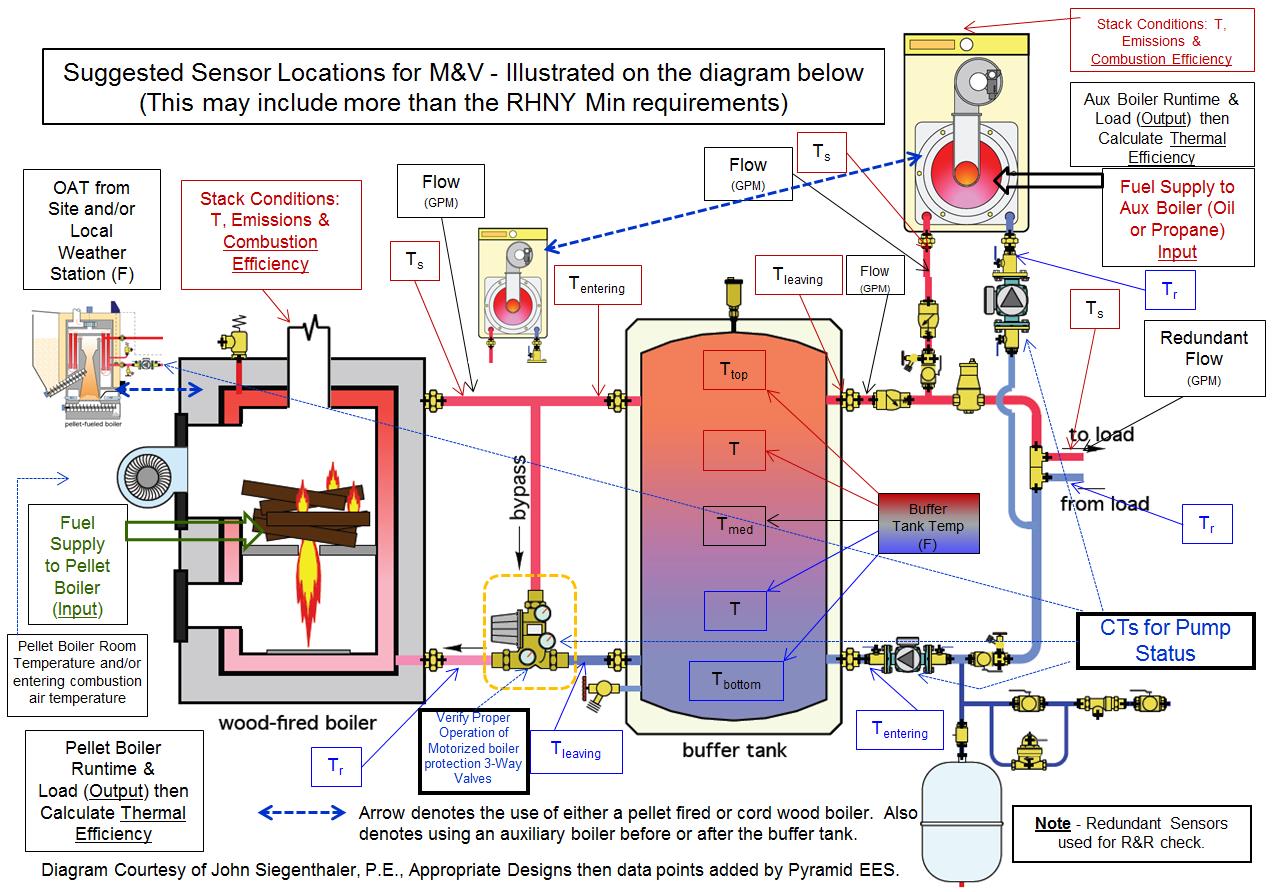
Leadership in addressing the increasing needs for high-efficiency and low emissions (HELE) biomass heating through Consulting, Project Demonstrations, R&D, Feasibility, System Troubleshooting and Additional Training:
Mr. Yousef supported program design and development of the RHNY (Renewable Heat New York) NYS’ Governor’s initiative program and the Biomass Heating System Requirements of the Cleaner, Greener Communities (CGC) Program for commercial and residential installations. He participated and contributed to multiple biomass and sustainability conferences, developed numerous relevant figures of merits, independently supported the biomass system proper sizing, M&V, Cx, TES/buffer, integration with BMS and other heating systems and BOP. He provided relevant trainings such as classroom style training, on the job, and in the field hands on coaching. His support positively impacted numerous projects and conferences to develop advanced biomass heating projects and demonstrations in New York State to support the biomass the biomass heating industry reach scale. His support ranged from the 2013 to 2023 timeframe as demonstrated above, and as indicated in a few project examples below:
Leadership in Advanced Biomass Heating Systems, Independent Technical Feasibility Studies (TFS), System Sizing, District Heating Systems, Hot Water and Steam Storage, Controls and Systems Integration Advisory, Energy Audits and Varying other Support Services:
Multiple benefits were illustrated in several projects during 2013 through 2015 including, but not limited to:
- “Technical Feasibility Study of a High-Efficiency, Low-Emissions, Wood Pellet-Fired District Heating Loop at the New York State Office Complex at Ray Brook, NY”. Identified 75 EEMs for the purpose of developing a showcase biomass heating project at the NYS Governor’s lead by example project, connecting Adirondack Park Agency (APA), NYS Police (NY SP), NYS Department of Environmental Conservation (NYS DEC) buildings. All three buildings totaled 102,457 ft2.
- After completing the above study, the project was successfully constructed, inspected, commissioned twice, operated and maintained spanning during the 2019 to 2023 timeframe.
- “Independent Technical Review, Assessment and Recommendations pertaining to the Prelim Analysis for an Engineering Study to Evaluate and Specify a District Heating Loop for the Village of Tupper Lake, NY”.
- “Energy Engineering, TFS & Other Support Services of an Integrated Wood Pellet-Fired Steam Boiler, Steam Accumulator and other EEMs at the Town of Chester Municipal Building at Chestertown, NY”. This was the first of its kind study as it addressed steam storage with small to mid-size steam biomass boilers by using a wet phase change vertical steam accumulator tank as opposed to dry storage.
Training in support of advanced biomass heating systems and varying other related building/system topics as illustrated through multiple presentations during the 2013 to 2015 timeframe:
- Chaired the session titled “Designing Successful Biomass Projects” and spoke at the session titled “Verifying the Performance of Advanced Biomass Heating Systems” at the Advanced Energy Conference that was held in Albany, NY on April 28 and 29, 2014.
- Prepared and delivered a comprehensive 1 ½ day training course titled “Biomass System Training for Proper Sizing, M&V, Cx, Controls Integration, Feasibility Analysis, Energy Audits, Load Reduction EEMs: Lessens from the Trenches, and Other Relevant Energy Efficiency Topics”. 288 slides presented on October 29 & 30, 2014, Albany, NY, in support of the rollout of the RHNY program, and afterwards and elsewhere as needed. Day-1 incl6uded full classroom PowerPoint presentation training, while Day-2 included a site visit to a local New York State Boiler Manufacturing facility for ½ a day.
- Prepared and presented an 84-slides 1-hour ultra-condensed version at the New York Capital District Engineers Week Seminar Program on February 26, 2015; titled “Introduction to Properly Sized Advanced HELE (High-Efficiency, Low-Emission) wood-pellet based Biomass Boiler Heating Systems and the Renewable Heat New York (RHNY) Governor’s Initiative”, and afterwards and elsewhere as needed.
- Depending on the presentation type, varying attendees included biomass heating system manufacturers, installers, design engineers and architects, pellet suppliers, industry members, researchers, members of the legislature or their staff, policy makers from the Governor’s Office, NYSERDA implementation services and R&D staff, and others engaged in the high-efficiency biomass heating industry. Through continued intense consulting, research and training, numerous take home messages and best practices were communicated to the biomass industry stakeholders who were in great need for such a continued and consistent education, training, and advice over a decade from 2013 to 2023.
Note that Training in support of advanced biomass heating systems and varying other related building/system topic are illustrated through multiple presentations as listed separately under the Practical/Applied Publications, Training & Tools Section.
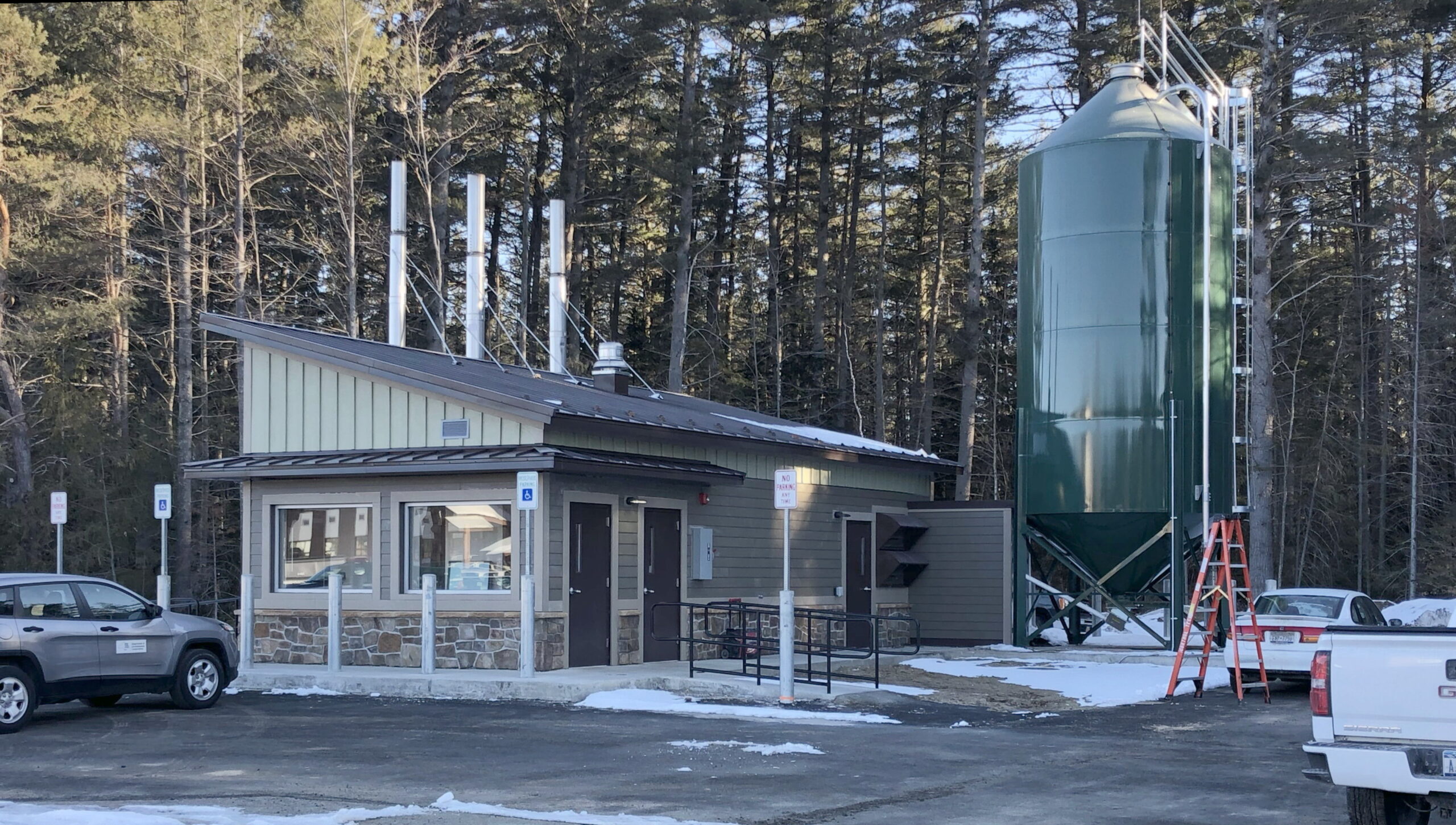
System Optimization Services
- As demonstrated above, Mr. Yousef completed a significant amount of support services over the years including but not limited to system commissioning, M&V, design reviews, energy audits, system troubleshooting, and TAB support, etc. This led to providing effective and results oriented services in system optimization, whereby we optimize the controls and dispatch of the entire heating and cooling plant, multiple prime movers, their entire balance of plant (BOP)/balance of system (BOS) components, and their primary, secondary, and tertiary HVAC system components in an optimal manner.
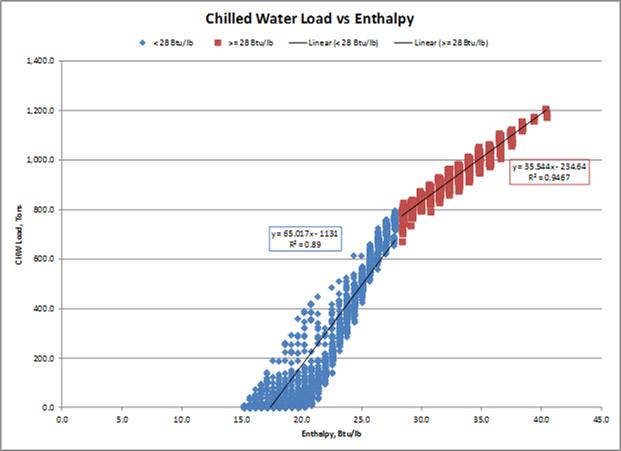
- This achieves not only energy efficiency, economic dispatch, demand response, and financial savings with utility and ISO rate structures, but also reduces unnecessary equipment on/off cycling, reduces materials’ fatigue, enhances system reliability & robustness, enhances system longevity, and expands the BMS ongoing trend logging, reporting, and analytical capabilities. Ultimately, it supports preventive maintenance procedures all while attaining better occupant comfort, employee productivity, and IAQ.
- The success of such optimization services requires teamwork and genuine collaboration of everyone in the project team clearly knowing their Roles and Responsibilities (R&R) in order to achieve targeted results as typically well defined in Mr. Yousef’s project commissioning roles and responsibilities matrix as a key driver to successful system optimization.
Non-Electric Cooling
Mr. Yousef has extensive experience with large central/district chilled water plants (Electric, Non-Electric & Hybrid), Demand Response, and District Heating Plants (Steam & Process Hot Water). Experience covered large commercial and industrial customers, several Manhattan high-rise towers, hotels, bank headquarters, residential complexes, airports, large industrial complexes and several university campuses in the Northeast.
As a result, Pyramid EES’ founder was lead author of paper titled, “Assessment of Non-Electric Cooling Alternatives to Reduce the Electric Demand on New York’s Power Grid.” In October 2002, the paper was presented and then published in the Proceedings of the 25th WEEC (World Energy Engineering Congress),Atlanta,Georgia. The paper was re-published in the Energy Engineering Journal in 2003, presented at ASHRAE Northeast Chapter Main Program in 2003 and the New York Capital District 2004 Engineers Week Seminar Program.
This publication was the result of many years of continuous electric and non-electric cooling analytical and field experience. Demonstrated in-depth experience with the non-electric cooling drivelines that can produce and/or benefit from recovered heat. Evaluated the energy and economic impacts for a wide range of non-electric cooling technologies and compared them to standard practice electric chillers:
- Gas Engine-Driven Chiller,
- Two-Stage Gas-fired Absorption Chiller (Direct Fired),
- Two-Stage Steam-Fired Absorption Chiller (Indirect Fired),
- Single-Stage Steam-Fired Absorption Chiller (Indirect Fired),
- Steam-Turbine Driven Centrifugal Chiller.
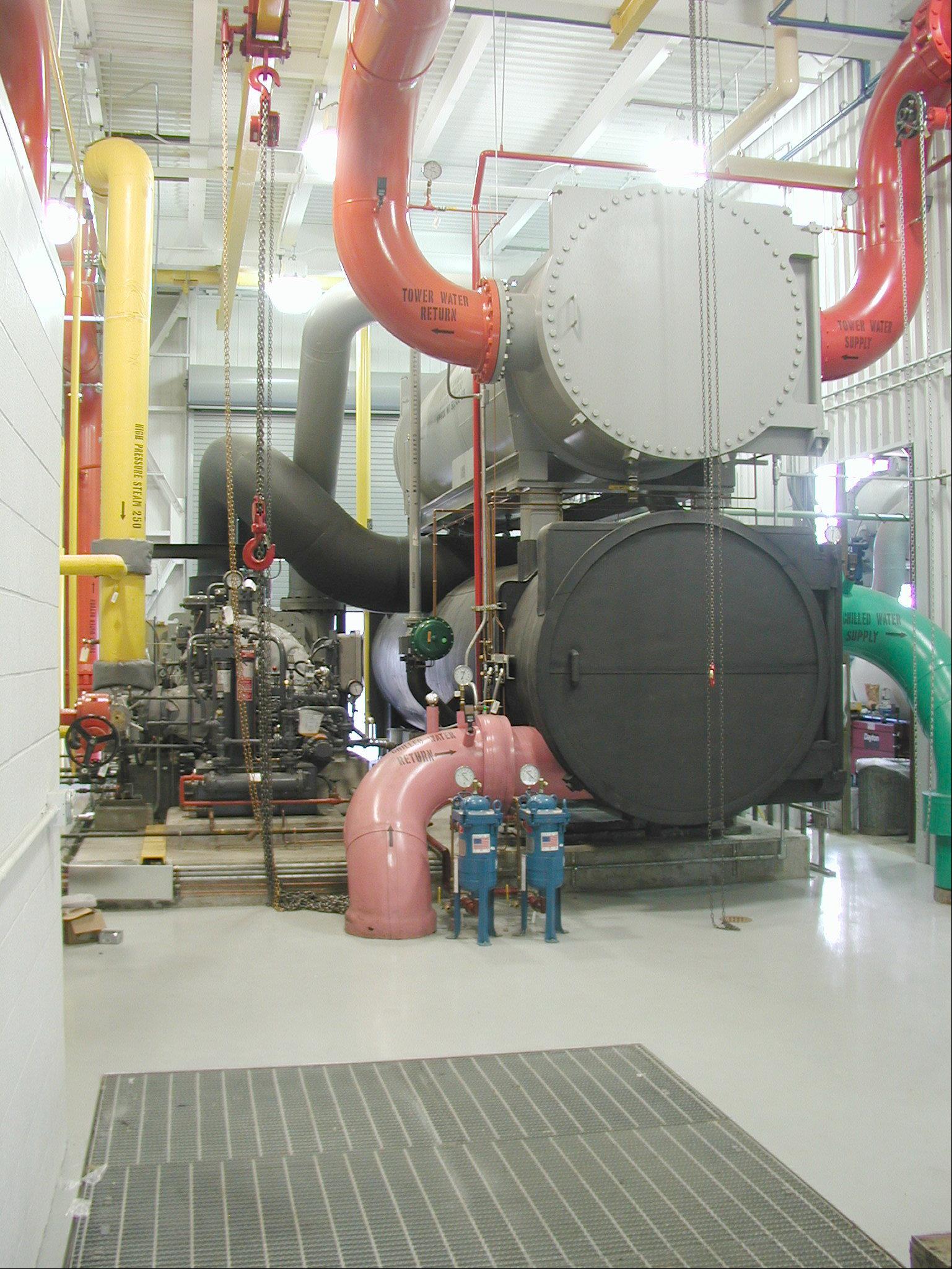
Engineering Economics
As demonstrated above, Mr. Yousef completed a significant amount of support services over the years in energy audits, ESPC support, technical assistance studies, and technical feasibility studies, etc. This led to providing financial and engineering economics analyses in support of numerous projects. That included a wide range of economic criteria to best fit the customer needs. This included but was not limited to reporting EEM SPB (simple payback period), LCC (lifecycle cost), project cash flows, ESCO Proforma, IRR (internal rate of return), and TCO (total cost of ownership). Yousef and his team effectively utilize a wide range of in-house developed tools and commercially available software such as the DOE BLCC (building life cycle cost analysis) software as they best suit the project scope and budget.
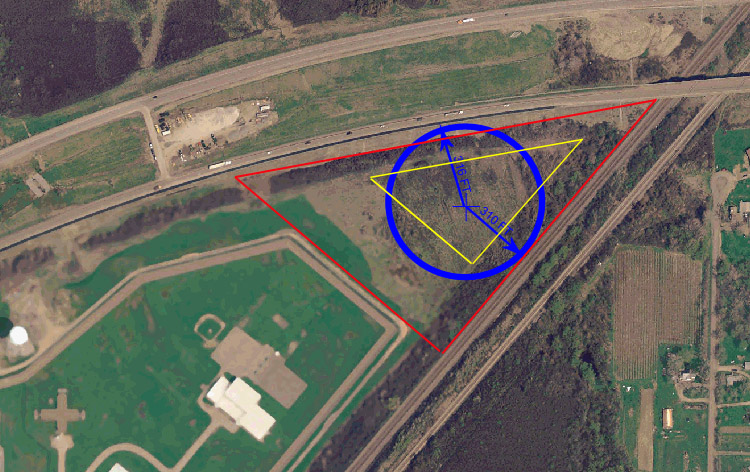
Dispute Resolution
Besides Mr. Yousef’s energy and engineering experience as demonstrated above, he also possesses distinguished interpersonal, communication, cultural understanding, and leadership skills. These serves as valuable assets in conflict and dispute resolution between different parties in varying energy and engineering projects. This has helped develop alternative and mutually agreed upon solutions and paths to keep projects’ moving forward in a reasonable manner and successfully overcome some team members’ technical and communication challenges.
